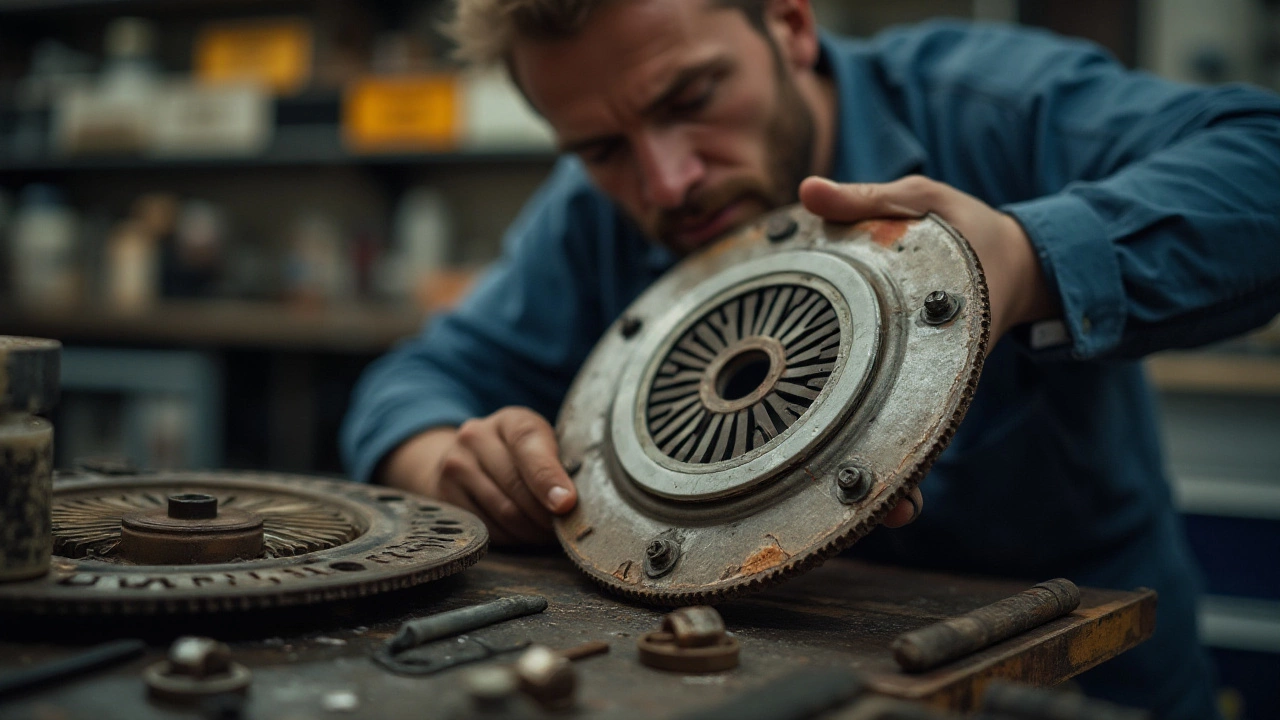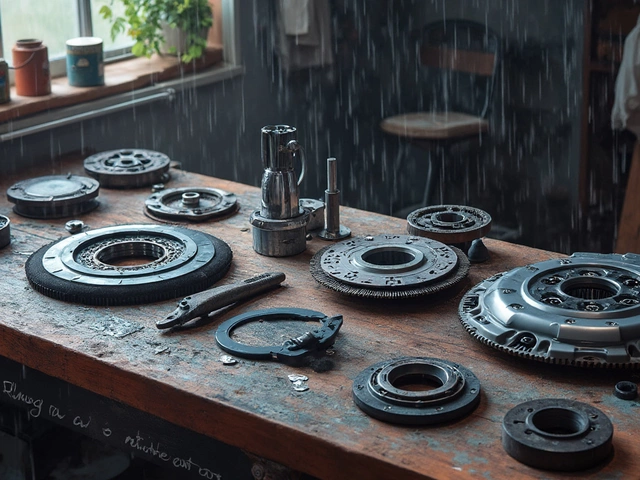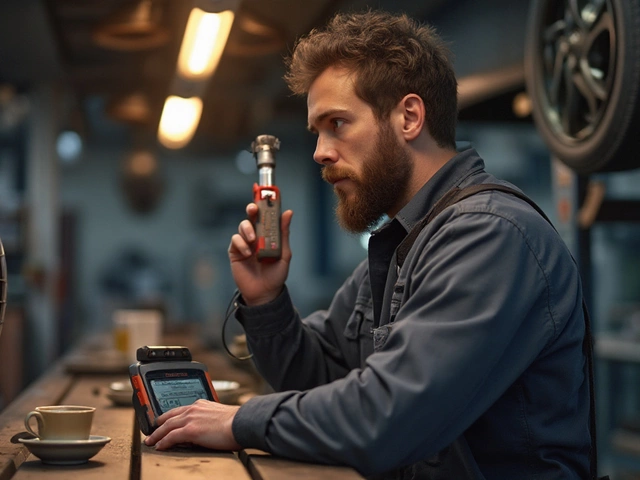Vehicle Clutch Durability: Simple Ways to Make It Last
Most drivers think a clutch is just a piece of metal that lets you change gears. In reality, it’s a wear‑and‑tear component that can cost a lot to replace. Knowing the factors that chip away at clutch durability can save you time, money, and the frustration of a stuck gear.
What Affects Clutch Durability?
Every clutch has a design life, usually measured in miles or years. The actual lifespan depends on how you use it. Heavy‑footed launches, constant riding the clutch, and pulling steep hills put extra heat on the friction plates and speed up wear. Switching gears without fully pressing the pedal creates shear stress that also shortens life.
Another hidden factor is the condition of the clutch hydraulic system. Leaking fluid or air in the line reduces the force you can apply, making you hold the pedal longer and heat the clutch more. Finally, the type of clutch matters – a standard single‑plate kit will wear faster under high torque than a performance‑grade kit designed for racing.
Practical Tips to Extend Clutch Life
1. Shift smoothly. Press the pedal fully, move the stick, then release gently. Avoid feathering the pedal or ‘riding’ it while driving.
2. Mind your revs. Let the engine speed drop a little before you shift. High revs combined with a quick shift heat the clutch more than a calm down‑shift.
3. Don’t abuse the hill start. If you’re on a steep slope, use the handbrake to hold the car while you find the biting point. Driving off the hill with the clutch half‑depressed can scorch the plates.
4. Check the hydraulic fluid. Low or contaminated fluid means the pedal won’t feel right, so you end up holding it longer. A quick bleed of the system can restore proper pressure.
5. Keep the load reasonable. Tow a trailer only if your vehicle’s rating allows it. Extra load forces the clutch to work harder and wear faster.
If you start smelling a burnt odor, notice a spongy pedal, or find it slipping under load, those are clear signs the clutch’s durability is waning. Don’t wait for a complete failure – catch the problem early and plan a repair.
When replacement becomes unavoidable, consider a Stage 2 clutch kit if you do a lot of spirited driving. It offers stronger plates and a higher torque capacity, which can actually improve durability under hard use compared to a cheap OEM kit.
Regular maintenance checks at a trusted garage, like Northwich Tyres Centre, can spot early wear before it turns into a costly overhaul. A quick inspection of the clutch pedal travel and a test of gear engagement usually takes just a few minutes.Bottom line: clutch durability isn’t a mystery; it’s a result of how you treat the pedal, the vehicle’s load, and the health of the hydraulic system. Follow these simple habits, listen for warning smells, and schedule routine checks to get the most miles out of every clutch.
 22 January 2025
22 January 2025
How Long Does a Clutch Kit Last in Your Vehicle?
Understanding how long a clutch kit can last is crucial for vehicle maintenance and budgeting. Many factors contribute to its longevity, including driving habits, type of vehicle, and external conditions. This article explores the lifespan of clutch kits, signs of wear, tips to extend their life, and common causes of clutch failure. Equip yourself with the knowledge to prolong the life of your vehicle’s clutch system.






0